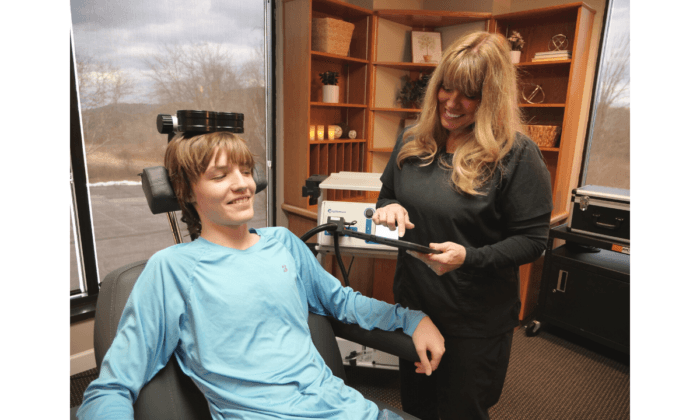Want to live to be 100? Then maybe you should take some advice from the residents of Loma Linda, California.
No, there’s not something in the water, but there is something special happening in this Southern California city—a way of living that could help you live longer and better.
- Move naturally. They live a lifestyle that encourages movement.
- Purpose. They have a purpose in their lives.
- Downshift. They create a strategy and daily routines to relieve stress.
- 80 percent rule. They eat mindfully and stop when they feel 80 percent full. They also eat their smallest meal in the late afternoon or early evening and then don’t eat again until the following day.
- Plant slant. They eat more fruits and vegetables, limit meat, and incorporate beans.
- Wine at 5. They consume a moderate amount of alcohol regularly and enjoy one to two glasses of wine a day with friends or food.
- Belong. They become part of a faith-based community.
- Loved ones first. They have aging parents and grandparents who live nearby or together in a home. They commit to a life partner and give their children the gifts of time and love.
- Right tribe. They maintain a social circle that supports healthy behaviors.
Faith Plays a Role
Like all blue zone areas, Loma Linda residents follow a lifestyle that includes the power 9 principles. It also has a unique history that helps explain the longevity of its residents compared to much of the United States.The Seventh-day Adventist Church was founded there in the 1840s and continued to grow throughout the 20th century. Today, a community of about 9,000 Adventists calls Loma Linda home.
“We value health; it’s really part of our religion,” said Dr. Gary Fraser, a professor at Loma Linda University School of Medicine and School of Public Health at Loma Linda University. Fraser, who himself is an Adventist, says that maintaining good health is a “philosophy that underlies everything.”
“We believe that we should look out for our bodies,” Fraser said.
Fraser has undertaken many studies on the respective decrease in risk of disease and death among Adventists.
Healthy Diet, Lifestyle, and Mindset Make a Difference
Seventh-day Adventists have adopted a lifestyle that encourages vegetarianism and prohibits alcohol, tobacco, and drugs. This contributes to better health and an increased lifespan.- No personal history of smoking.
- Having a lower (normal) body weight.
- Participating in more frequent exercise.
- Eating a vegetarian diet.
- Frequent consumption of nuts (studies have shown that eating certain nuts has health benefits).
“In my research, we’ve seen a 50 percent reduction in heart disease mortality in people who ate nuts about five times a week,” explains Fraser.
Healthy behaviors have a positive effect on the quality of life and life expectancy, as does a healthy mindset.
Disconnecting from stressors is also an important part of the Adventist lifestyle. They do this on the Sabbath—a special day to worship, rest, and recover from the demands of life. This time is also an opportunity to enjoy a break from the distractions of life. Instead of listening to music or the radio, videos, television, or reading newspapers, books, or magazines during the Sabbath, they rejuvenate their spirits by connecting with themselves, their families, friends, and nature.
Outside the Zone
Loma Linda is a hub for health and longevity, but you don’t have to be a resident or an Adventist to adopt its residents’ practices into your own life. Implementing habits into your diet, physical activity, social network, stress management, and mindset has the potential to yield a healthier, happier, and longer life—regardless of your religious beliefs or where you live.Buettner says that almost every centenarian his team met embodied the power 9 principles—they had some sort of faith, ate a plant-based diet, and got moderate exercise.
“But one thing Loma Linda residents may do best is ‘creating a culture and environment of health,’” Buettner said. “So people should surround themselves with people who have healthy habits or the same goals as you for health.”





